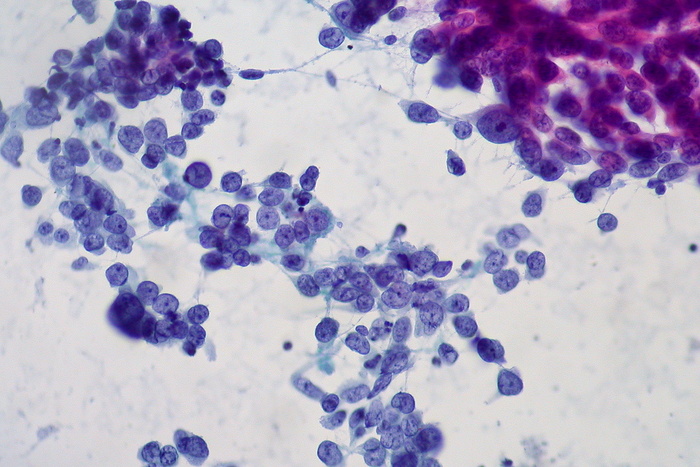Observed the first step in the process that transforms a healthy cell into a cell of the most common form of lung cancer, lung adenocarcinoma.
Published in the journal Nature and led by the Anderson Cancer Center at the University of Texas, the result promises to be very useful for early diagnosis.
In fact, an atlas has been drawn up which contains around 250,000 different types of lung cells and which could lead to new strategies for intercepting the disease in its initial stages.
Researchers have found that instead of repairing lesions, for example those caused by smoking, cells sometimes get stuck in a sort of intermediate limbo and, eventually, take the path that leads them to become cancerous cells.
The cells that line the lungs, called alveolar cells, are crucial for the exchange of oxygen and carbon dioxide and are divided into two types: the first are the most common and work precisely on the exchange of gases, while the second provide support and, in case of damage, they transform and replace the former.
However, researchers led by Humam Kadara and Linghua Wang have discovered that this transition process can be 'hijacked', leading to a different fate.
“The large number of cells we studied, combined with new technologies, allowed us to identify two distinct fates for these cells,” explains Kadara: “They share a common intermediate state but, while one pathway leads to normal cells, the other progresses to tumors."
The study authors also found that these intermediate cells, even in healthy tissue, accumulate mutations in a gene called Kras, known to be implicated in the formation of tumors.
“Our study provides unequivocal evidence - concludes Kadara - that tumor cells actually derive from these intermediate cells”.
Reproduction reserved © Copyright ANSA

